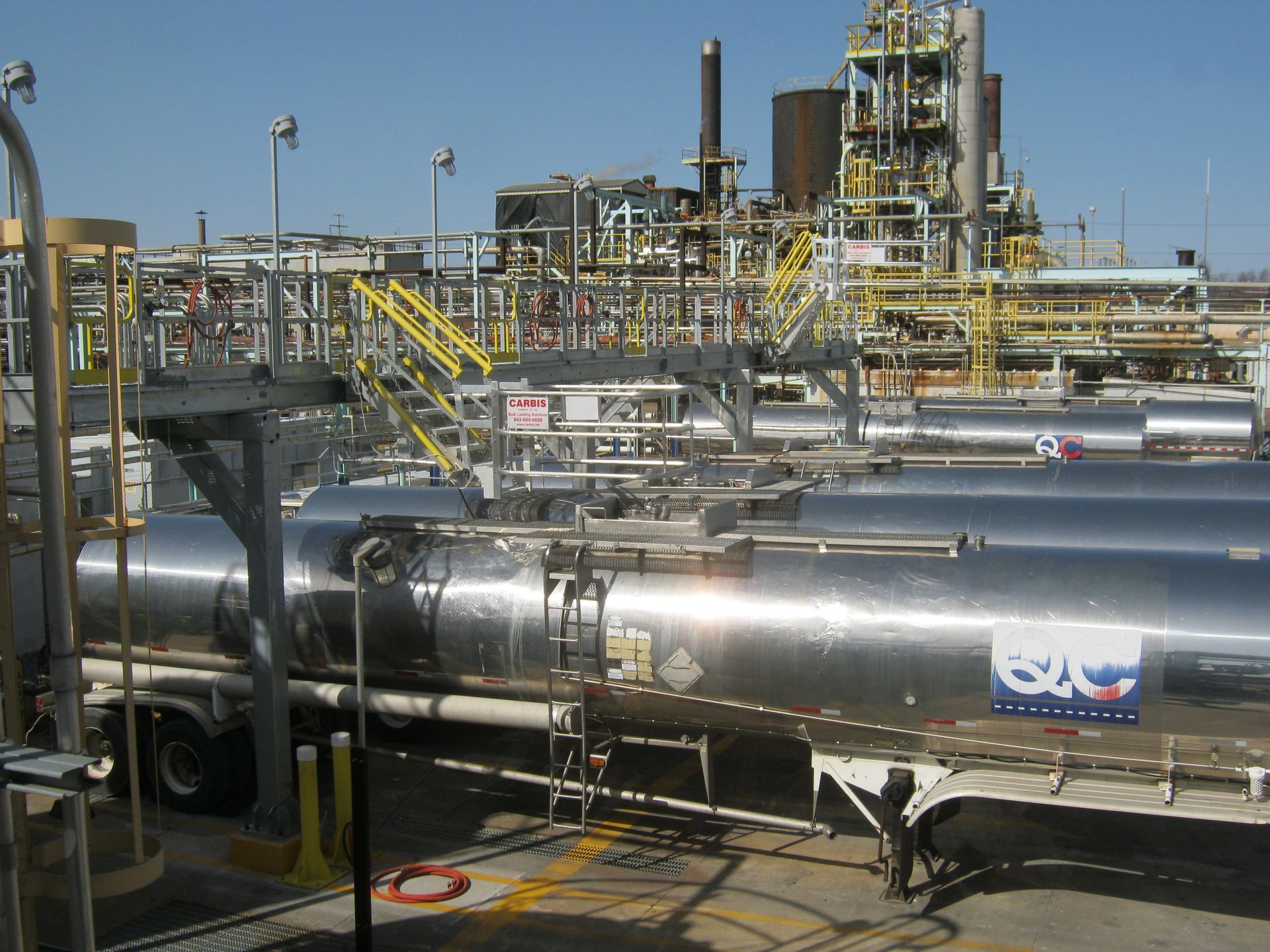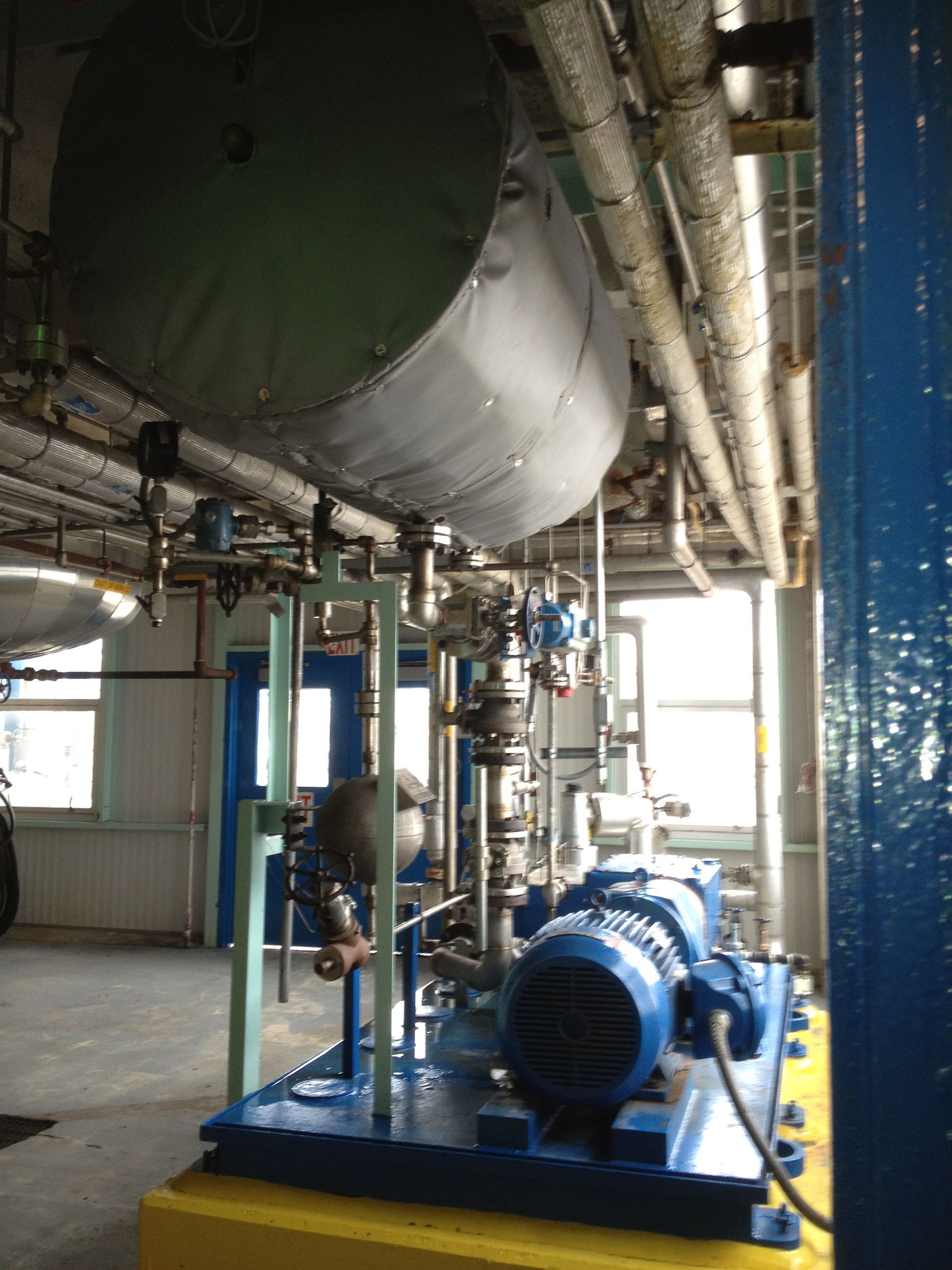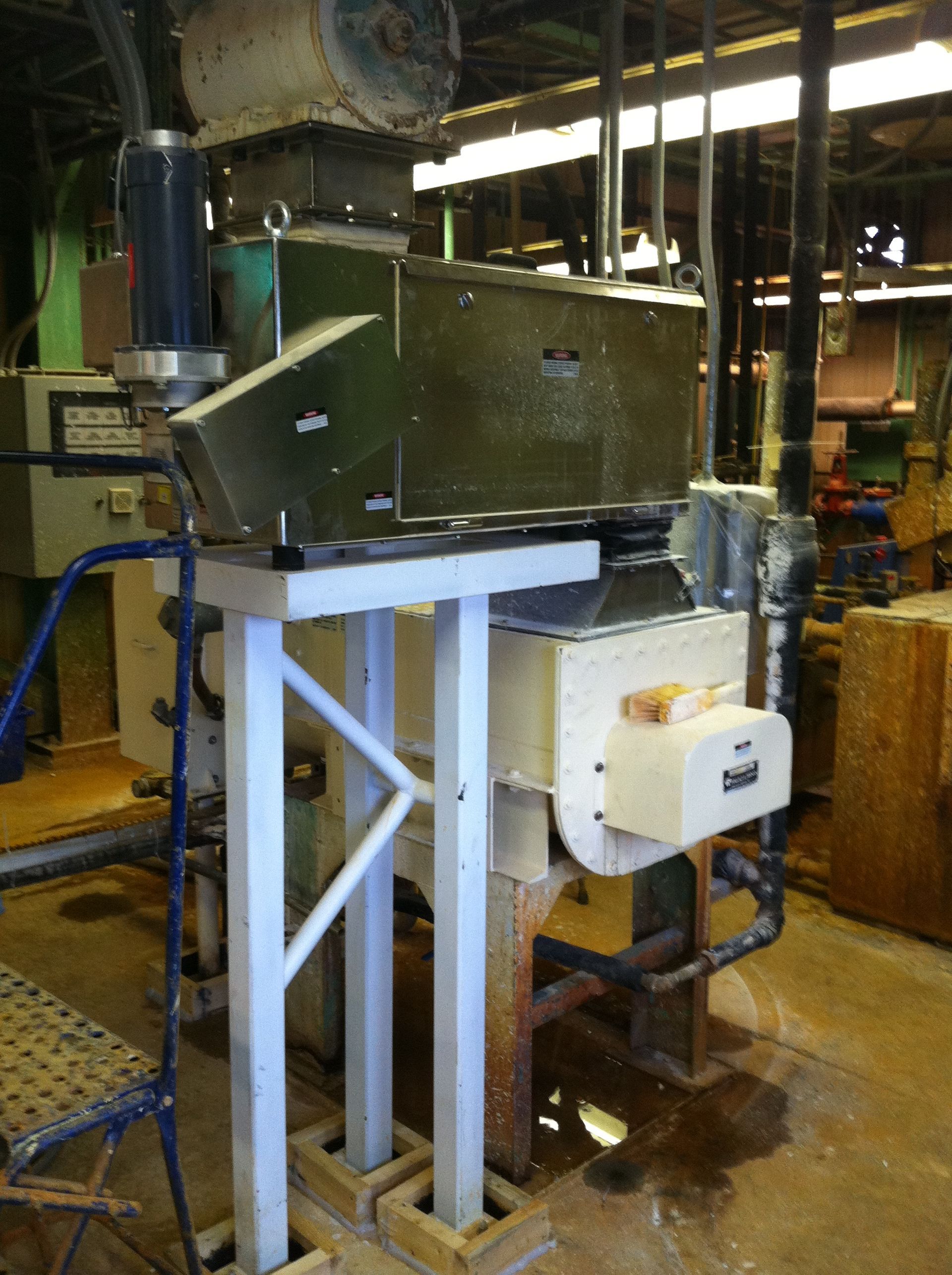Projects
Chemical Process and Reactors
A general description of this category of projects.

02 Jan, 2020
Matrix Engineering provided the structural, mechanical and electrical engineering for a drum packaging improvement project at ISP. The previous drum filling operation was manual and labor intensive requiring tipping and manhandling of 600 lb drums. The product in this case was an additive for hair spray which is responsible for its stickiness. The product is very viscous with the consistency of a very thick syrup that dries like glue. Matrix conceptualized and designed twin drum filling lines in which empty drums are palletized and filled on a scale. Loading arms for filling drums were designed to swing to either pallet scale for versatility in loading drums in either drumming line from two different tanks. Our engineers designed the piping systems associated with the product as well as caustic piping required to backwash the system and clean it out after packaging runs. We also designed an quick-acting air operated swing door system for accessing each scale with a fork lift. This area was also a Class I Div 2 area.

01 Oct, 2011
Matrix provided the civil, mechanical and electrical engineering for a capralactum tank and piping network with a new tempered water system for warming of the material for less viscous flow without risk of polymerizing the capralactum. This fluid is too stiff to move unless it is warmed. However, there is a risk of getting the material too hot in which case it reacts and hardens to a solid of hydrocarbon-chains which cannot be undone. The tempered water system consisted of exterior coils on the large storage tank as well a tracing along the insulated piping. Due to the critical nature of the fluid the tempered water was controlled to a very narrow allowable temperature range.
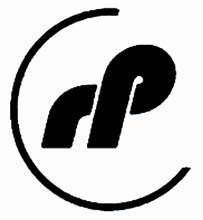
20 Oct, 2001
Based on the success of the pilot plant design, Matrix Engineering provided the structural, mechanical and electrical engineering necessary for installing continuous reactors in phases while removing existing batch reactors. The resulting reacted slurry is a thick, corrosive, sticky substance in which build-up on the reactor side walls was a major obstacle to engineer around. Our team worked very closely with RP on developing an acid feed system into the reactor that would accomplish continuous washing of the reactor side walls. Great care was also taken in the layout of the reactors so the reacted sticky slurry would fall through a large diameter (cleanable) chute directly into the dryer below. Included in this project was a dense phase pneumatic transporter for conveying alumina to receiving hoppers above the new reactors. The continuous reactors were installed and batch reactors removed so not to interfere with production of a sold-out product. Continuous reactor redundancy was installed in the initial phase to gain experience and determine reliability of the new process before fully committing to the new process. As confidence was gained in the new process the existing batch reactors were replaced with the new continuous design. This was an engineering challenge due to spatial constraints and design flexibility to utilize batch and continuous systems simultaneously. Eventually all of the batch reactors were replaced and they now operate solely on the continuous reaction process. Matrix Engineering has continued to improve on the original reactor design to the current 3rd generation continuous reactor.
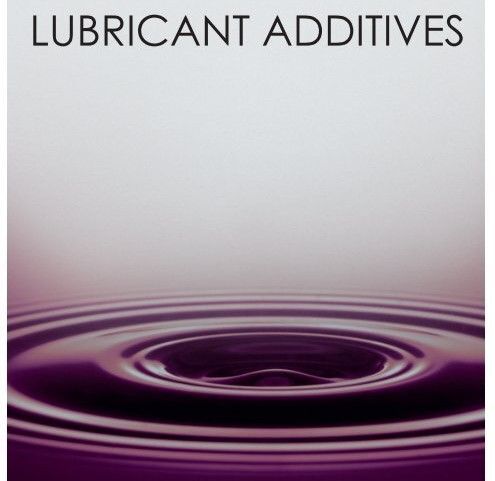
01 Dec, 1999
Matrix provided the civil, structural and mechanical design for a major addition to the existing Vanlube process at Vanderbilt Chemical's Murray, Kentucky facility. The product was a NFPA 30 Class 1B flammable liquid requiring special design considerations for firewalls, escape routes and equipment placement. The project consisted of a process area, packaging area, tank farm and truck load-out facility. Mechanical design included heating and proper ventilation per NFPA guidelines. Matrix also provided all of the complex grounding details and electrical classification drawings to satisfy the NFPA guidelines.

01 Mar, 1999
Matrix Engineering provided the structural, mechanical and electrical engineering necessary for replacing Hypo batch reactors with like-kind continuous reactors. The new continuous reactors were similar in geometry to the old batch reactors in order to fit in the existing structure. However they were linked with cascading piping for sufficient retention/reaction time. Due to pipe cloggage worries the new reactors were also equipped with vertical pumps for moving the slurry from reactor to reactor. Phosphine gas is given off during the reaction process which is explosive upon contacting the atmosphere adding complexity to the system. Matrix assisted in the layout and design of the new reactors. Of particular interest was a 3/4" plate rolled pump guard plate for protecting the vertical pump from being walloped from lumps and/or the massive agitator impellers. Auxiliary horizontal pumps were also employed as a back-up to the vertical pumps. The system also required a new dense phase transporter for conveying hydrated lime to top of the reactor structure.
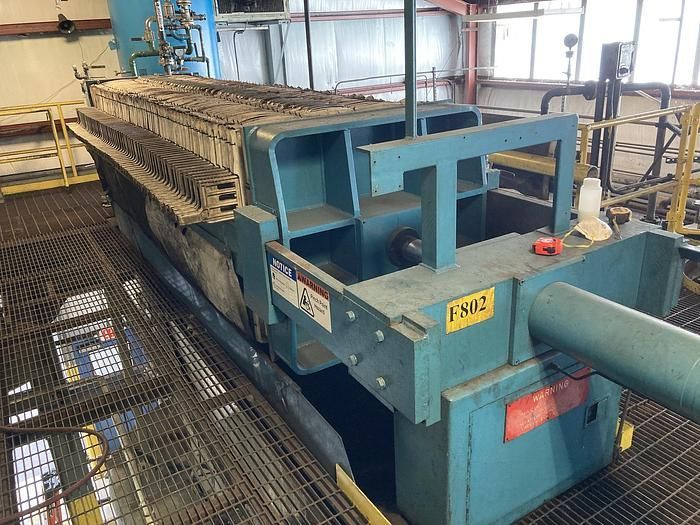
10 Dec, 1998
Matrix Engineering provided the concept drawings, budget estimates, along with the detailed structural, mechanical, and electrical engineering necessary to install a plate and frame filter press housed in its own building and an adjacent covered tank farm at the Nashville, TN plant. The objective of the project was to replace the existing rotary drum filter and centrifuges with the more efficient filter, which decreased the amount of lost product and doubled the production capability. The existing concrete bunker, where filter cake was dumped, was utilized as the base for the new building for the filter. A new tank farm was installed to service the filter with wash-water, filter supply, and filtrate tanks. The highly automated filter was equipped with a PLC controller, which was integrated to the DCS control system of the plant. The rest of the equipment was integrated with the DCS system that controls the plant.
Site Map
Contact Info
112 Walter Jetton BlvdPaducah, KY 42001, United States
Website Design & Hosting by Arterburn.com

